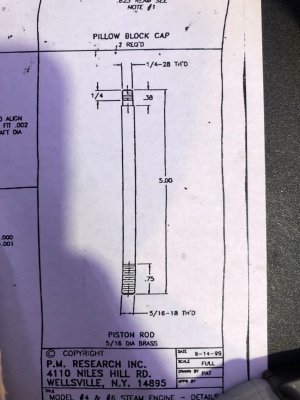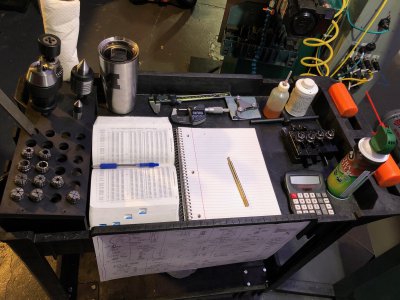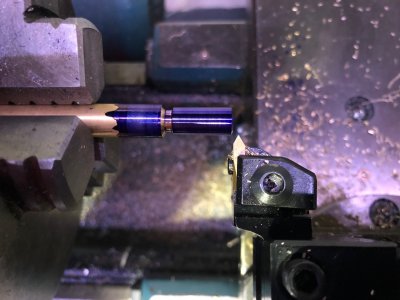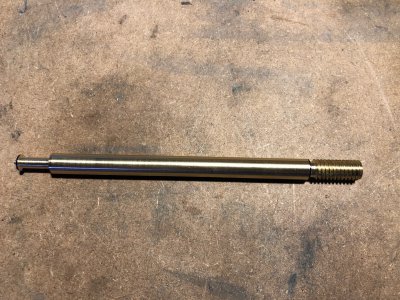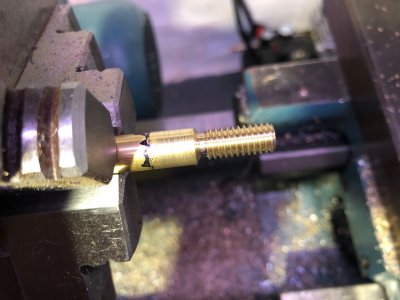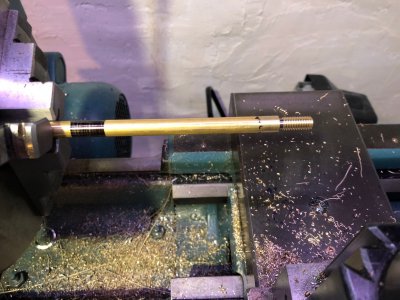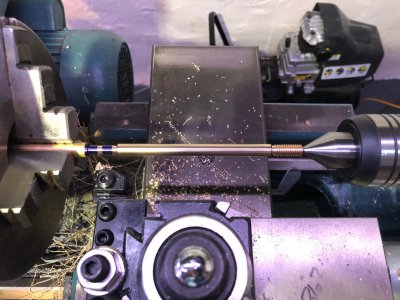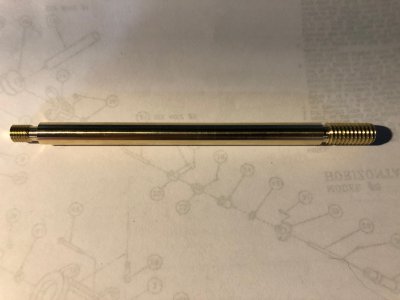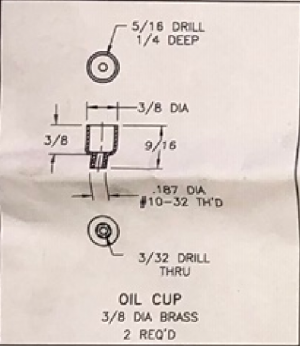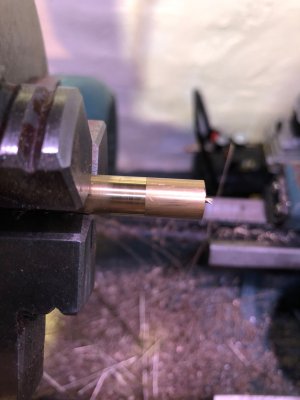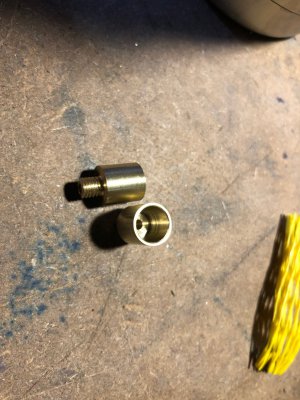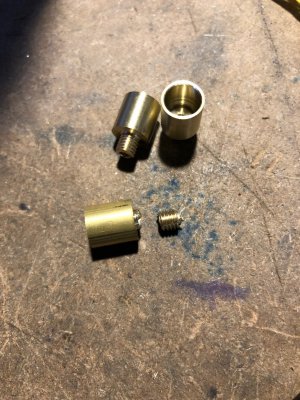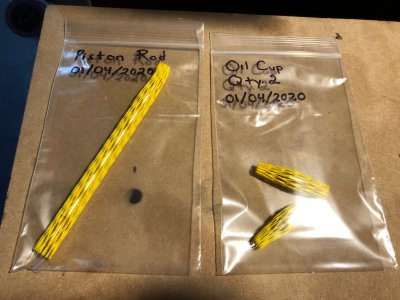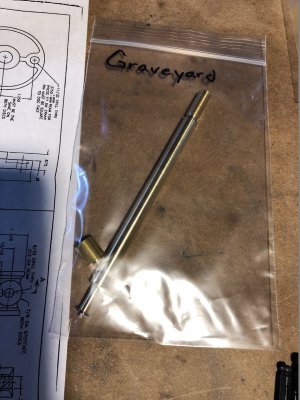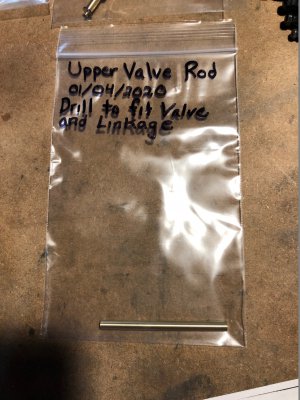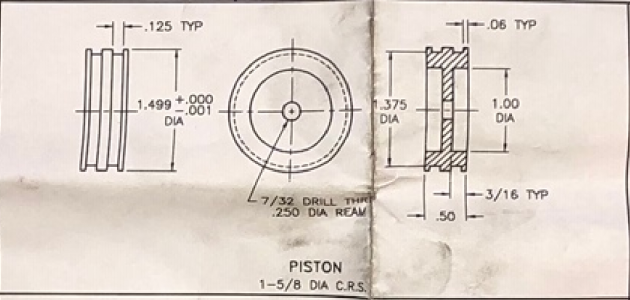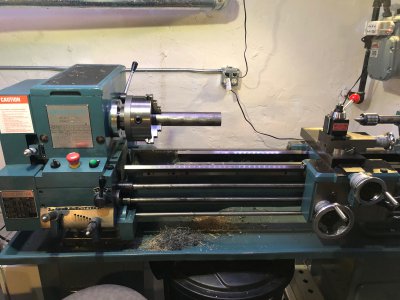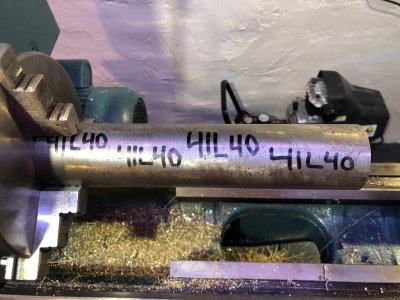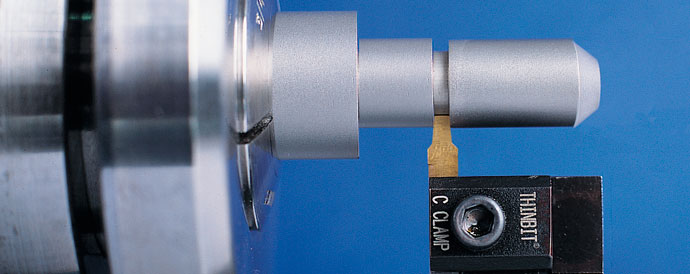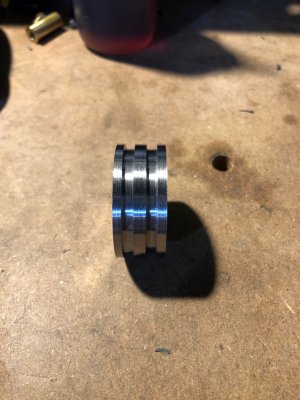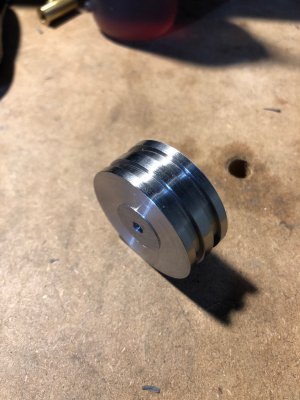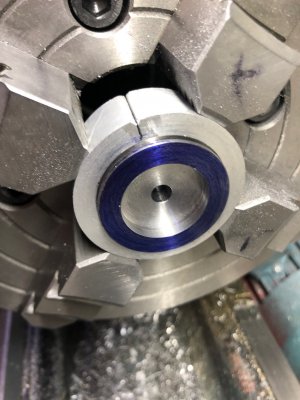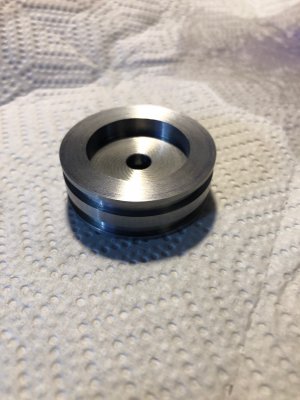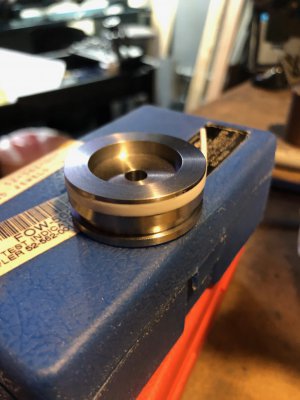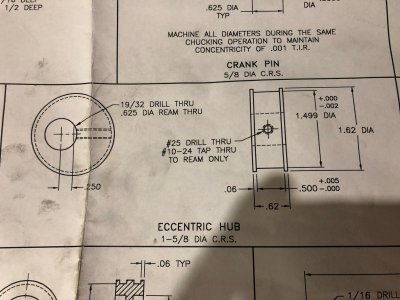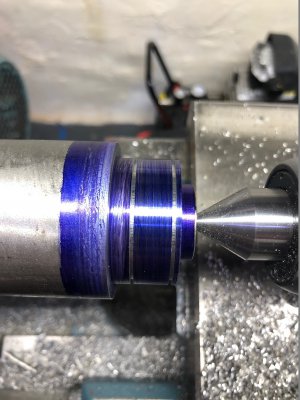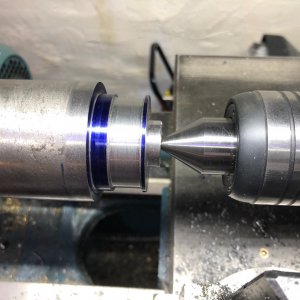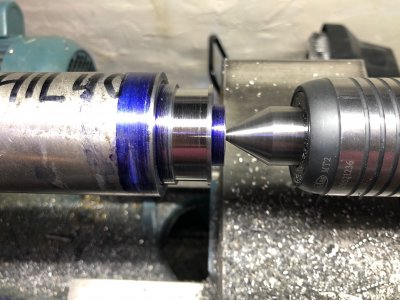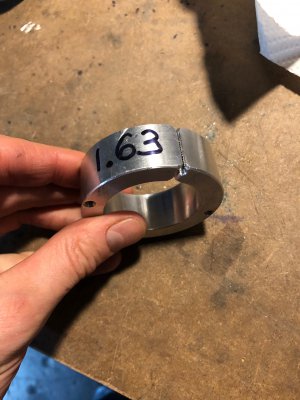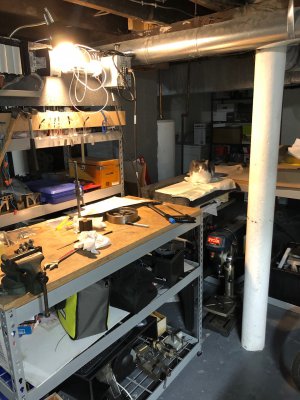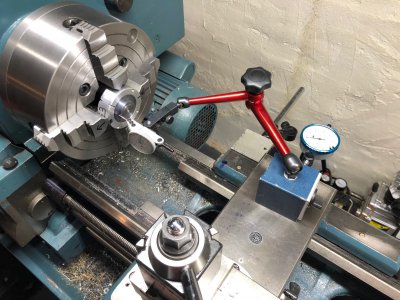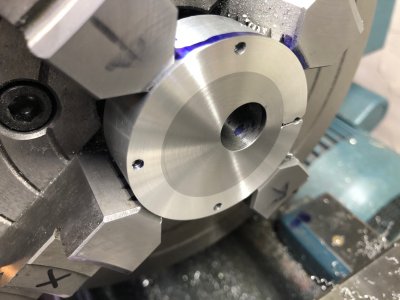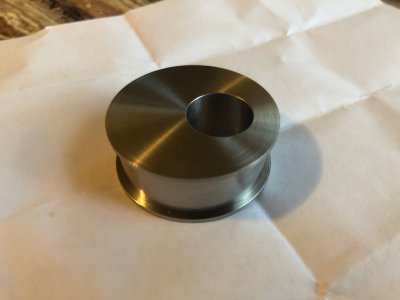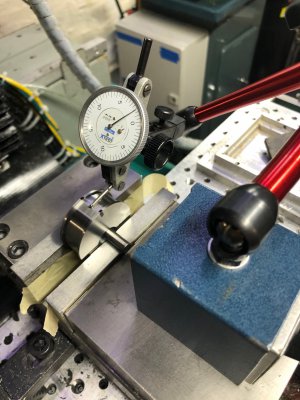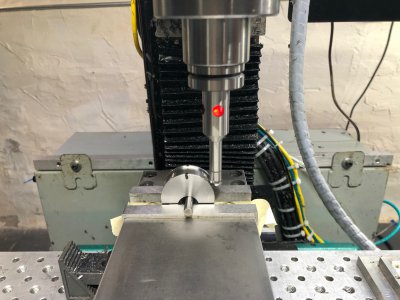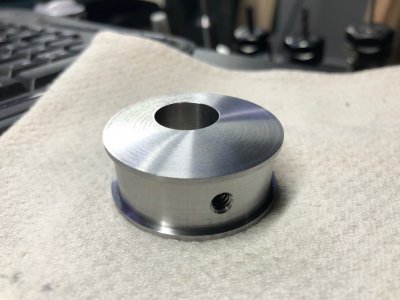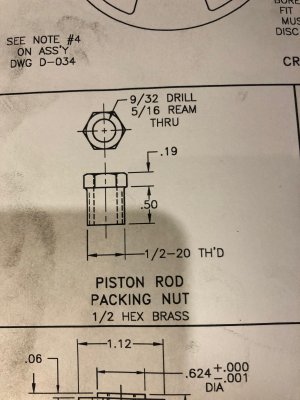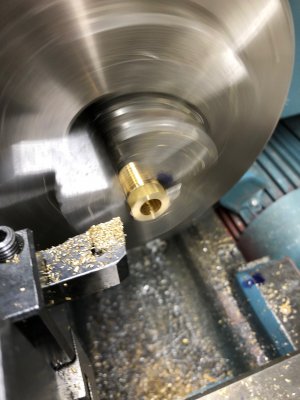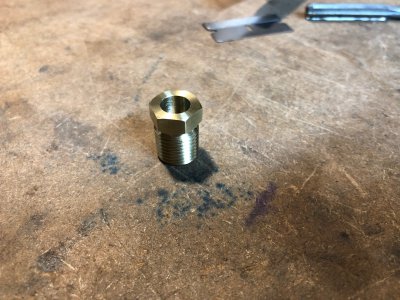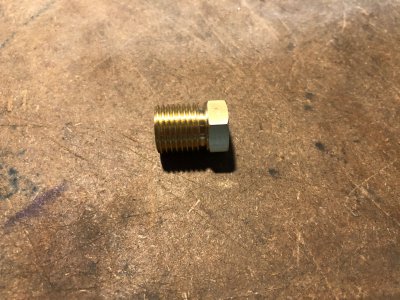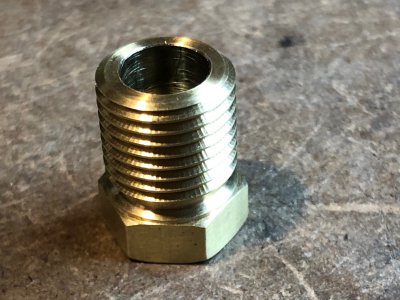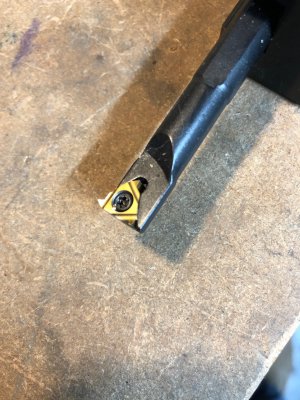- Joined
- Mar 26, 2018
- Messages
- 2,724
Hi All,
Buddy of mine at work approached me to see if I could help him complete a P.M. Research No. 6 Steam Engine kit that he bought 10 years ago. He used to work as a high school shop teacher and had access to machine tools, however not long after he bought the kit, he was laid off. He had only done a couple of the parts and had probably 95% of the work left to do. Now I get to have all the fun machining the parts, and he gets to keep the finished steam engine. I've been looking for a project so this will be perfect.
Engine Specs:
 www.pmmodelengines.com
www.pmmodelengines.com
I wanted to start this post to document my progress and ask questions when I get stuck.
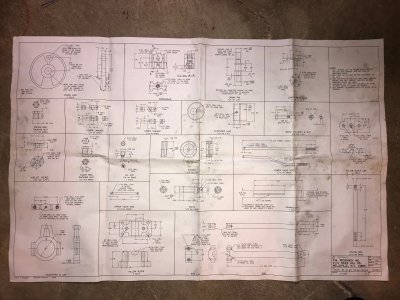
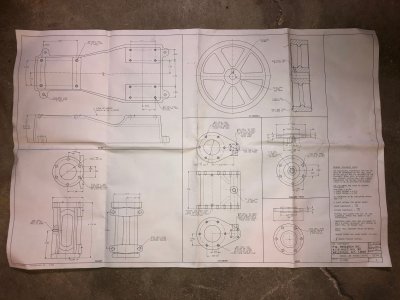
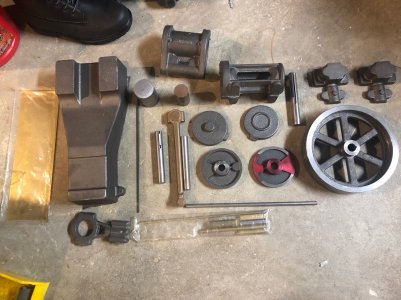
Buddy of mine at work approached me to see if I could help him complete a P.M. Research No. 6 Steam Engine kit that he bought 10 years ago. He used to work as a high school shop teacher and had access to machine tools, however not long after he bought the kit, he was laid off. He had only done a couple of the parts and had probably 95% of the work left to do. Now I get to have all the fun machining the parts, and he gets to keep the finished steam engine. I've been looking for a project so this will be perfect.
Engine Specs:
- Bore 1-1/2”
- Stroke 2-1/2”
- Double Acting
- Height: 7-1/2″
- Length: 18″
- Width: 8″
- Flywheel Dia: 6-7/8″
- Rating: 1/4 HP
PM Model Engines Replicas of classic engines for hobbyists
Shop for high-quality steam engine, solar engine, gas engine and boiler kits. Scale model replicas of vintage engines and shop equipment.
I wanted to start this post to document my progress and ask questions when I get stuck.



Last edited:


